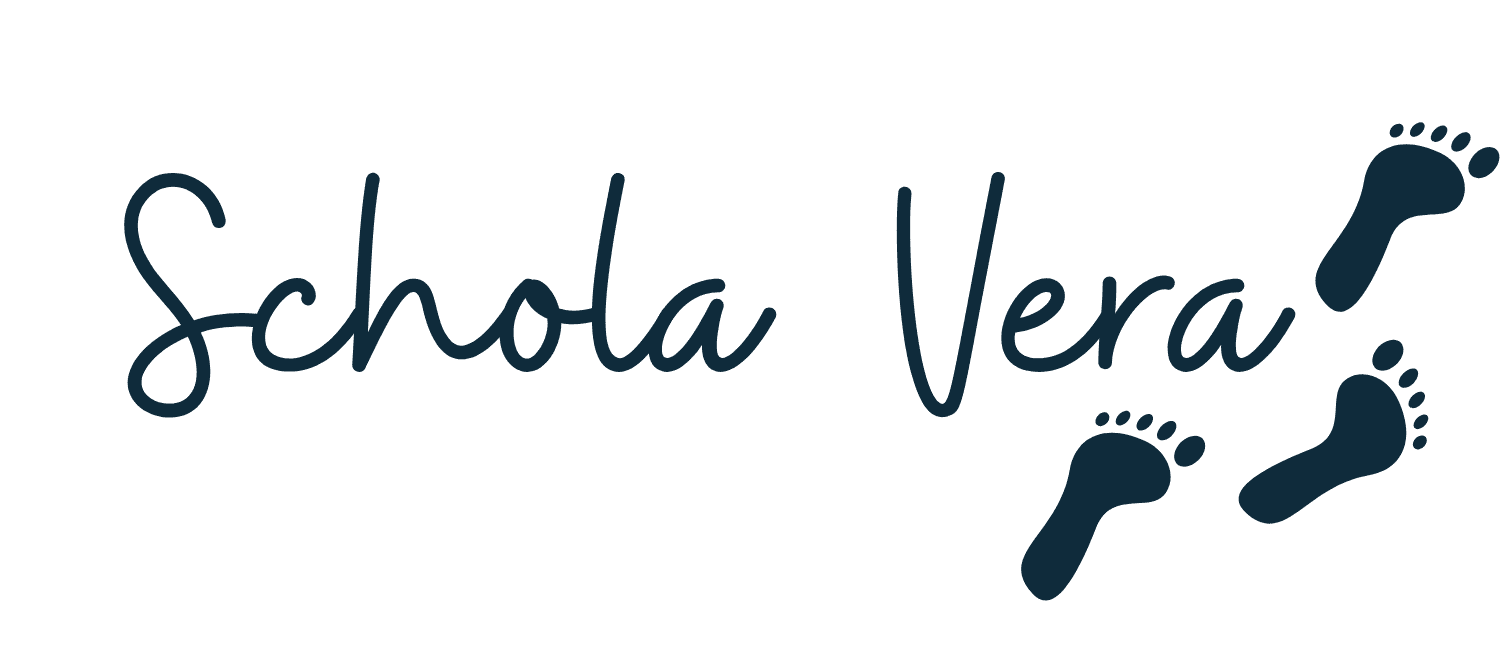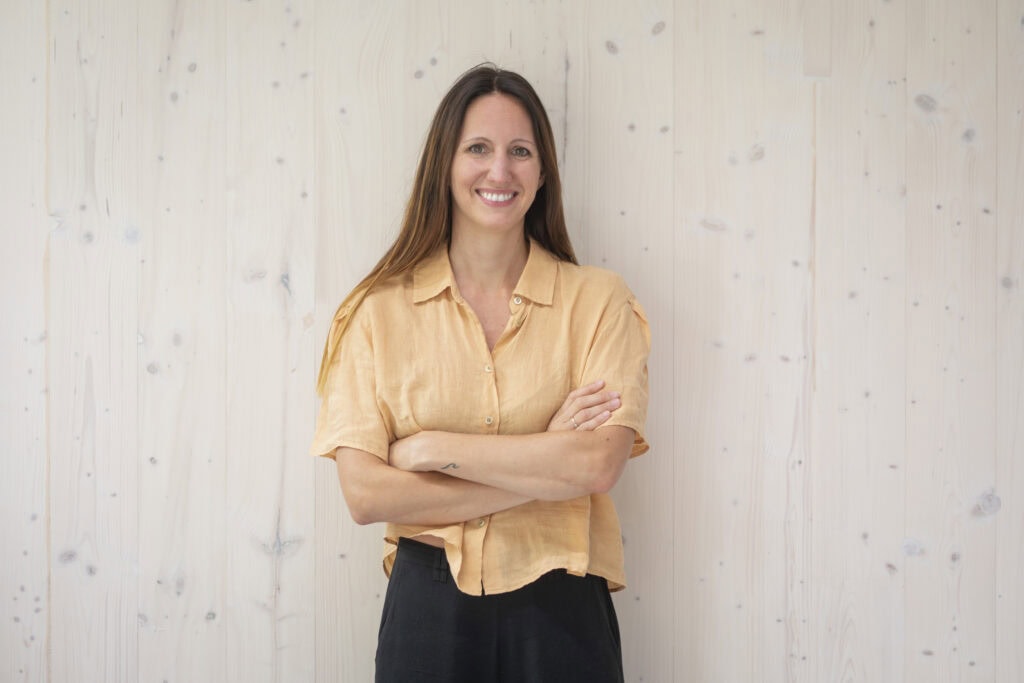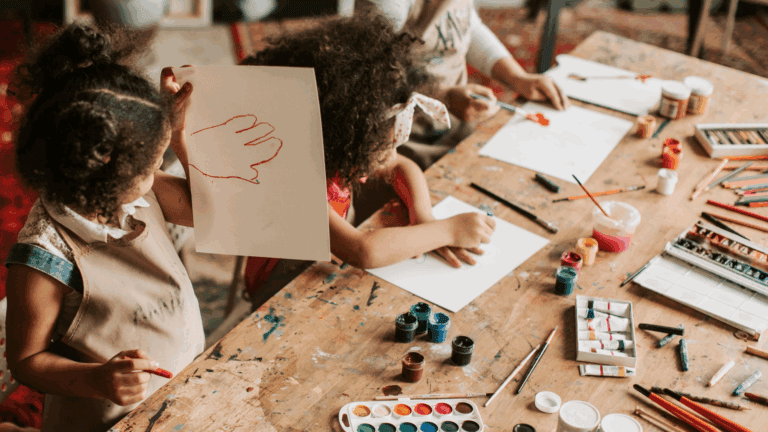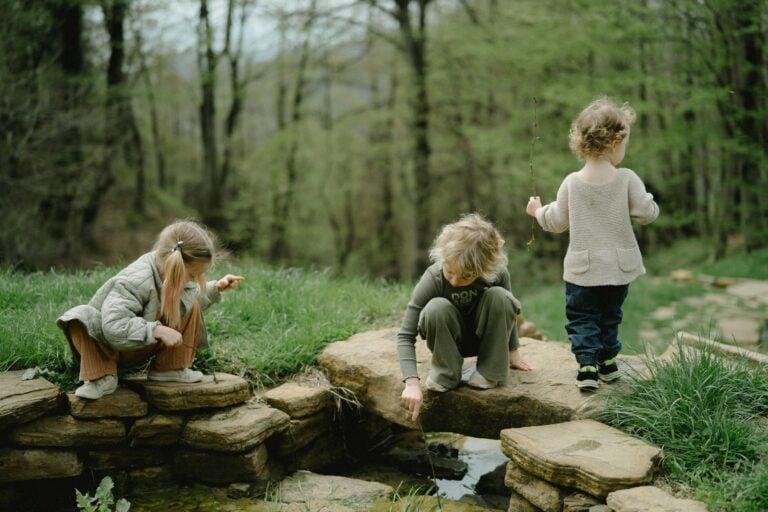Montessori, Waldorf, or Something Different? A Parent’s Guide to Educational Choices
Introduction
When I tell people that I have my own school, the first question is invariably: “What approach do you follow? Is it more Montessori or Waldorf?” Sometimes I wonder whether these people actually understand what “Montessori” or “Waldorf” truly means, or whether these are simply terms that signal “different from mainstream education.”
In this article, I would like to clarify what really lies behind these two well-known educational concepts, and explain why I have chosen to forge my own path with an entirely different philosophy at Schola Vera.
The human element in every educational approach
Before diving into specific pedagogical concepts, I must emphasise something crucial: every school is different, even when following the same educational philosophy. Schools are created by people: individuals who interpret and implement these concepts through their own understanding and experience. We cannot assume that certain approaches are inherently better than others. They are all adult-created systems that may work beautifully for some children whilst not serving others at all.
If we allowed children to write their own learning concepts, we would likely have as many different approaches as there are children in the world.
This human interpretation factor is why we sometimes see contradictions. For instance, when I observe a Waldorf school that divides children into rigid year groups, it makes little sense to me. Age mixing – perhaps even following the seven-year developmental rhythms that Waldorf founder Rudolf Steiner described – seems essential for authentic Waldorf implementation. Similarly, when I encounter a Montessori school that uses the Cambridge curriculum as its foundation, I personally question whether this represents a genuine embodiment of Montessori principles.
These are my personal interpretations, of course, but they highlight how differently the same philosophy can be understood and applied.
Understanding Montessori Education: The prepared environment

Origins and development
The Montessori method emerged from the work of Dr. Maria Montessori, Italy’s first female physician, in the early 1900s. Working initially with children from disadvantaged backgrounds in Rome, Montessori observed that when given appropriate materials and freedom to choose their activities, children displayed remarkable concentration, independence, and joy in learning.
Her scientific background led her to approach education empirically: observing children carefully and adapting the environment based on what she witnessed rather than imposing preconceived notions about how children should learn.
Three core elements of Montessori Education
1. Self-Determination Children are empowered to make their own choices, pursue their interests, and learn at their own pace. This autonomy is considered fundamental to developing intrinsic motivation and genuine learning.
2. The Prepared Environment The learning space is meticulously designed with materials that correspond to children’s natural inclinations and developmental stages. Everything is organised, aesthetically pleasing, and promotes independence.
3. Observation and Adaptation The educator observes children closely to understand their individual needs, interests, and capabilities. Based on these observations, the environment and materials are continuously adjusted to support each child’s learning and development.
“Education is a natural process carried out by the child and is not acquired by listening to words but by experiences in the environment.”
Maria Montessori
What I appreciate about Montessori
One aspect of Montessori education that resonates deeply with me is that much of the work with materials takes place on the floor. When a teacher prepares a story with materials, everything is laid out on the floor. Children’s materials are also arranged so that each child can find their own space. The use of rugs in Montessori settings encourages floor-based learning, which aligns with natural development and reminds us of children’s free play patterns.
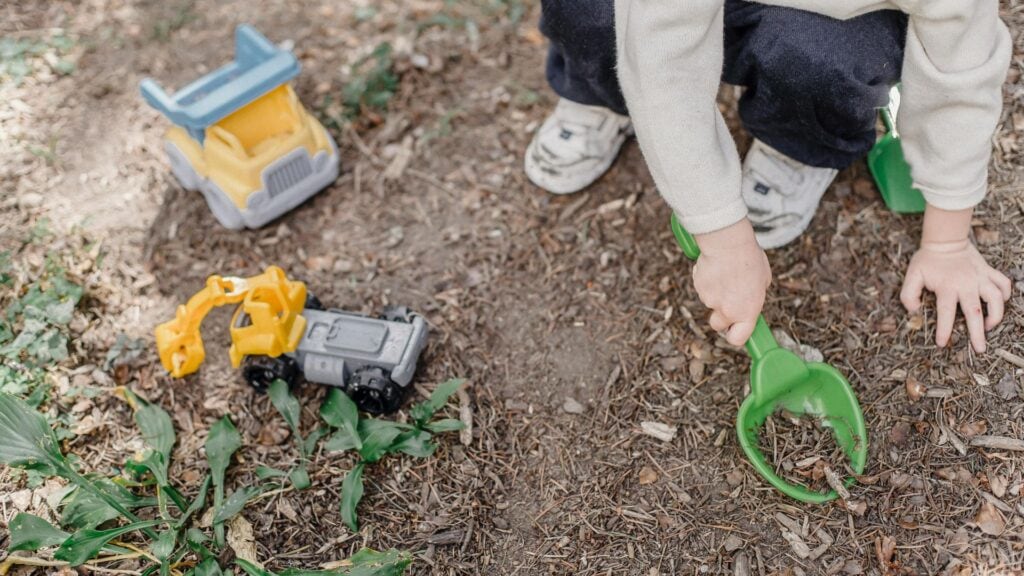
This floor-based approach honours children’s natural inclination to spread out, move freely, and engage with materials in a more embodied way than sitting at desks allows.
A limitation I have observed
In many Montessori environments, children have fewer opportunities for group activities and social interaction. The emphasis on individual learning, whilst valuable, can sometimes limit collaborative experiences. Many Montessori materials are designed specifically for individual work, which may not fully address children’s natural desire for community and shared exploration.
Understanding Waldorf Education: The whole human being
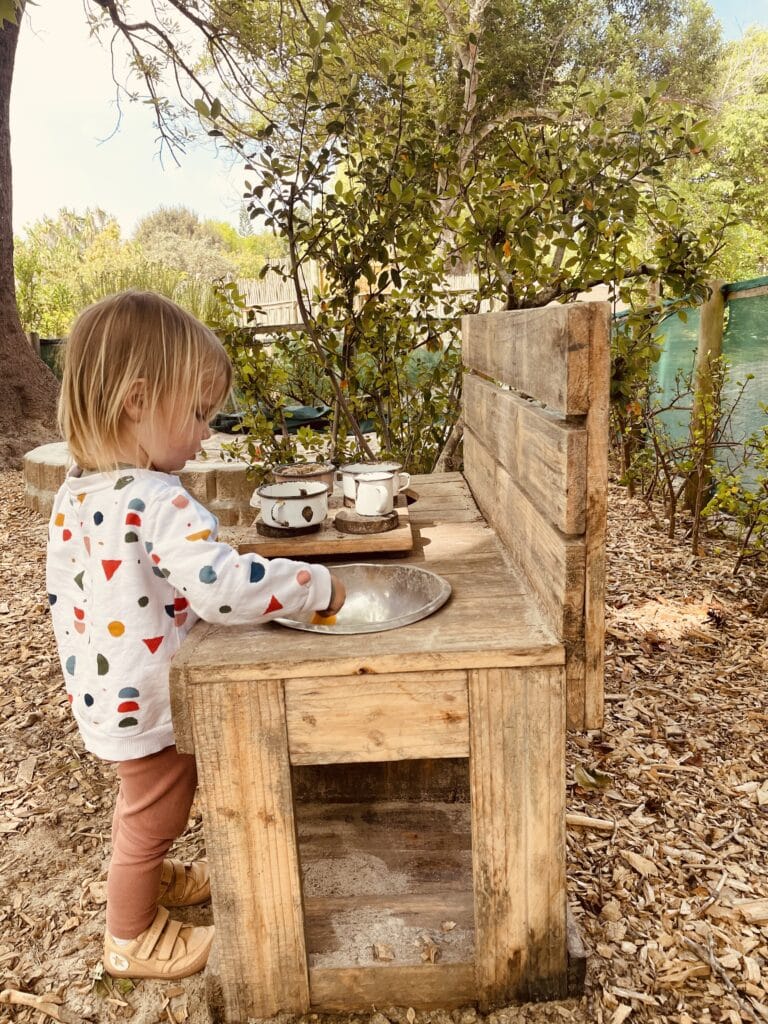
Origins and development
Waldorf education was founded by Rudolf Steiner in 1919 when he was asked to create a school for the children of factory workers at the Waldorf-Astoria cigarette company in Stuttgart, Germany. Steiner’s approach was based on his anthroposophical worldview, which emphasises the development of the whole human being: thinking, feeling, and willingness.
Steiner believed that education should align with natural child development phases and that learning should engage not just the intellect but also creativity, practical skills, and social capabilities.
Three core elements of Waldorf Education
1. Anthroposophical Foundation Education is based on Rudolf Steiner’s anthroposophical principles, emphasising the holistic development of body, mind, and soul. The approach recognises different developmental phases in children and aims to meet their needs accordingly. Central to this is the concept of the threefold human being: head (thinking), heart (feeling), and hand (doing/willing).
2. Free Development and Creative Individuality The free unfolding of personality and critical independence of students is fostered. Value is placed on students discovering and developing their creative potential whilst gaining deeper understanding of themselves and the world around them.
3. Class Teacher Continuity In the first eight school years, children are guided by the same teacher, creating deep relationships and allowing the educator to truly understand each child’s individual development and needs over time.
“Receive the children in reverence, educate them in love, and send them forth in freedom.”
Rudolf Steiner
What I appreciate about Waldorf
I particularly value Waldorf’s lived connection to nature and the inclusion of practical, handcraft activities alongside traditional subjects. Theatre, music, and movement are central elements rather than afterthoughts. This integration of artistic expression recognises that children learn through multiple modalities and that creativity is essential for healthy development.
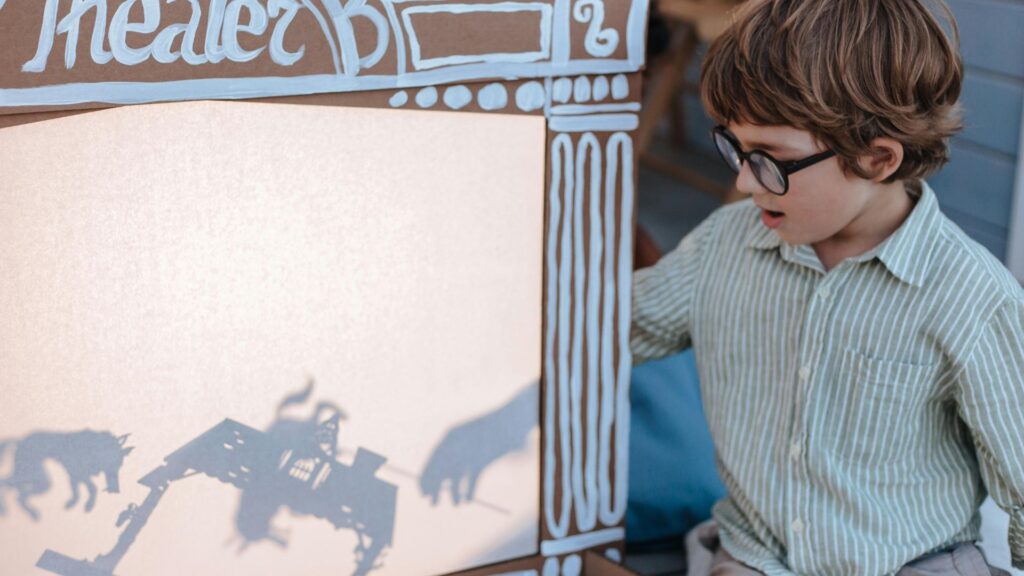
The emphasis on seasonal celebrations and natural rhythms also creates a meaningful connection between learning and the natural world.
A limitation I have observed
The disadvantage of Waldorf education, in my experience, lies in its sometimes rigid interpretation and implementation. Many educators allow little flexibility, and the principles can be followed quite strictly. There are specific prohibitions that can feel restrictive, for instance, the belief that during free play, children should not be “shielded from the group” by media such as picture books, music, or other materials.
This rigidity can sometimes work against the very freedom and natural development that the approach aims to support.
Why am I creating my own approach at Schola Vera?
After years of engaging with various educational philosophies, I have come to realise that there is no existing pedagogical concept that fully aligns with my vision for children’s learning and development.
Throughout my teaching career, I have experimented with elements from different approaches. Having taught in mixed-age classes for many years, I naturally incorporated Montessori elements into my daily practice. The artistic and handcraft aspects of Waldorf have always held special appeal and found their way into my teaching as well.
But I have never felt the need to commit entirely to one philosophy or label myself according to a particular system.
The birth of Schola Vera: Beyond traditional schooling

My vision
I want my children to grow up completely freely – almost without school – yet I want to create a place where they can engage daily with other people through their natural exploration and play. I envision something like a village where many different people with varied interests and talents come together and share life.
Schola Vera represents a return to the original meaning of “school.” The Greek word “scholé” meant leisure time devoted to learning for its own sake, not preparation for examinations or future employment, but joyful pursuit of knowledge driven by natural curiosity.
Three core elements of Schola Vera
1. Freedom We create space for children to explore their interests and develop their unique potential. Freedom isn’t simply about doing whatever you want; it’s about having the opportunity to discover who you truly are. The foundation of this freedom is children’s natural play, which forms the heart of everything we do.
2. Trust We trust each child’s intrinsic drive to learn and grow. Our role is not to control or direct, but to provide the right environment and support for natural development. This trust extends to believing that children will learn what they need when they need it, without force or artificial timelines.
3. Enthusiasm Genuine learning is driven by wonder and excitement. When children are enthusiastic, they don’t need external motivation or discipline. Learning happens naturally and joyfully.
“Man only plays when he is human in the fullest sense of the word, and he is only completely human when he plays.”
Friedrich Schiller
The fundamental differences
Whilst Montessori emphasises individual learning and Waldorf follows specific developmental frameworks, Schola Vera trusts the organic, unpredictable nature of how children actually learn and grow.
Unlike Montessori: We don’t separate learning into individual activities with specific materials. Children learn together, from each other, through shared exploration and collaborative play.
Unlike Waldorf: We don’t impose developmental timelines or prohibit certain activities. If a child finds deep meaning in a picture book during play, we honour that choice rather than viewing it as somehow less valuable than other activities.
Play as learning, learning as play
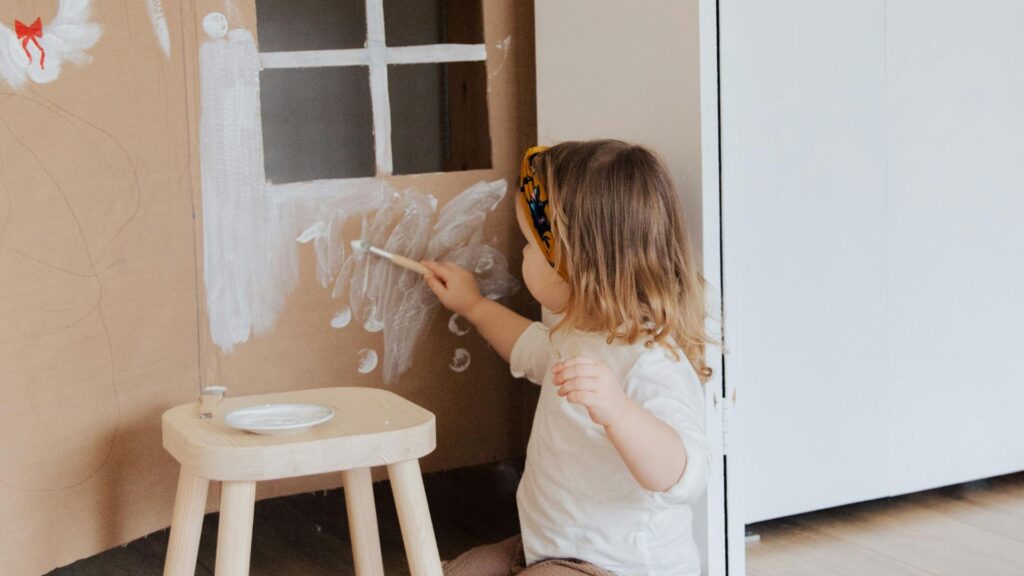
At Schola Vera, we make no distinction between play and learning. The artificial separation that exists in traditional education – and even in alternative approaches – simply doesn’t exist in our environment.
When children build elaborate structures with blocks, they’re not preparing for engineering lessons, they ARE engineers.
When they create imaginary worlds with friends, they’re not developing language skills for future writing assignments, they ARE storytellers, negotiators, and creative thinkers.
Natural mixed-age community
Rather than grouping children by artificial categories (whether age-based or ability-based), we create a natural community where different ages, interests, and developmental stages enrich everyone’s experience. Children learn from and teach each other organically, just as they would in a family or village setting.
Freedom from curriculum
We don’t follow any predetermined curriculum: not Cambridge, not CAPS, not even specially designed “alternative” curricula. Children’s genuine interests and questions guide what emerges each day. This requires enormous trust in the natural learning process and in children’s innate wisdom about what they need for their development.
The heart of the difference
Perhaps the most fundamental difference is this: both Montessori and Waldorf, however well-intentioned, still impose adult ideas about what children should learn and how they should develop. They may be gentler, more child-friendly approaches than traditional schooling, but they remain adult-designed systems.
At Schola Vera, we step back entirely from directing children’s learning. We create rich environments, offer ourselves as resources, and trust completely in children’s natural capacity to learn what they need through their own exploration and play.
This is not just a different educational approach. It’s a fundamentally different relationship with children, based on deep respect for their innate wisdom and natural development processes.
“The function of the child is to live his own life not the life that his anxious parents think he should live.”
A.S. Neill

For parents considering options
If you are drawn to alternative education, I encourage you to look beyond surface differences and ask yourself these honest questions:
“Children learn to make good decisions by making decisions, not by following directions.”
Alfie Kohn
If these questions make you uncomfortable, you may find more satisfaction in progressive schools that maintain academic frameworks whilst offering more creative approaches. There’s no shame in this. Every family must find their right fit.
But if these questions spark excitement rather than anxiety… if you can imagine your child waking up eager to explore, spending their days in joyful discovery, developing confidence through authentic experiences, and growing into their truest self, then Schola Vera is exactly what you’ve been seeking.
Frequently Asked Questions About Educational Approaches
“Education is not preparation for life; education is life itself.”
John Dewey
